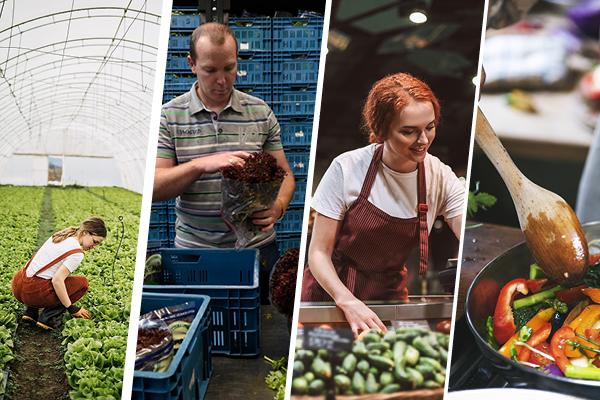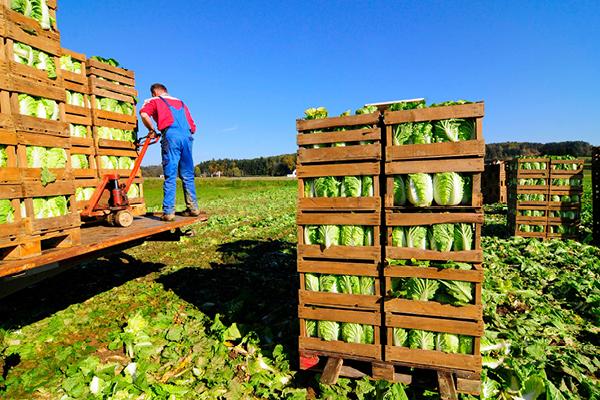
The European Olive Oil and Table Olives Market Observatory is set to kick off in Brussels today, marking a significant milestone in the Commission's efforts to promote market transparency and cooperation in the olive sector.
The European Olive Oil and Table Olives Market Observatory will serve as a platform for discussion and cooperation among experts representing the entire supply chain, from producers to exporters. This new observatory will be modeled after the market observatories already in place for several agricultural sectors, notably milk, crops, and fruit and vegetables. By gathering and assessing market data and statistics, the observatory will produce reports and provide market information accessible to all.
With the EU's olive oil production playing a vital role in the global market, the observatory's launch marks a significant step towards a more informed and proactive approach to addressing the sector's challenges.
This initiative is part of the Commission's broader efforts to promote market transparency and cooperation in the agricultural sector, ultimately contributing to a more robust and resilient olive sector.
Background
As the world's largest producer, consumer, and exporter of olive oil, the European Union is deeply invested in the success of this key agricultural sector. With a rich cultural heritage and significant impact on rural communities, olive production is vital to the EU's agricultural landscape. However, recent extreme weather events, such as droughts, wildfires, and unseasonable temperatures, have taken a toll on olive production in the EU, resulting in a decline of 24% below the five-year average in the last harvest.
According to the latest data, EU olive oil production for the marketing year 2023/24 reached 1.5 million tonnes, an 8% increase compared to the previous year. This decline is largely due to a combination of two consecutive bad harvests, which had a ripple effect throughout the supply chain, eroding stocks and driving up prices to record levels. The impact was felt across the entire supply chain, affecting not only producers but also exporters and consumers. This has also resulted in a significant reduction in EU olive oil stocks.
The outlook for the marketing year 2024/25 appears more promising, with olive oil production expected to return to average levels, however, the ongoing challenges will likely keep high prices for several months.
The CAP offers a wide range of policy tools to support the olive sector, from decoupled and coupled income support, to interventions rewarding adaptation and good agronomic practices, support for investments and cooperation, as well as research projects on sustainability and resilience. This is especially relevant for traditional olive groves.
Details
- Publication date
- 11 November 2024
- Author
- Directorate-General for Agriculture and Rural Development
- Location
- Brussels




